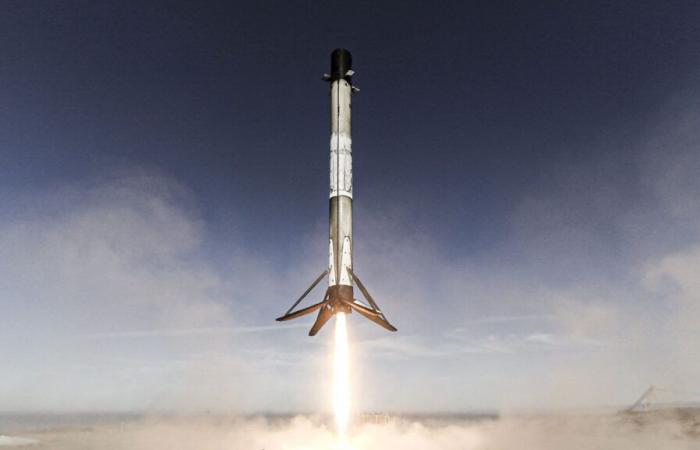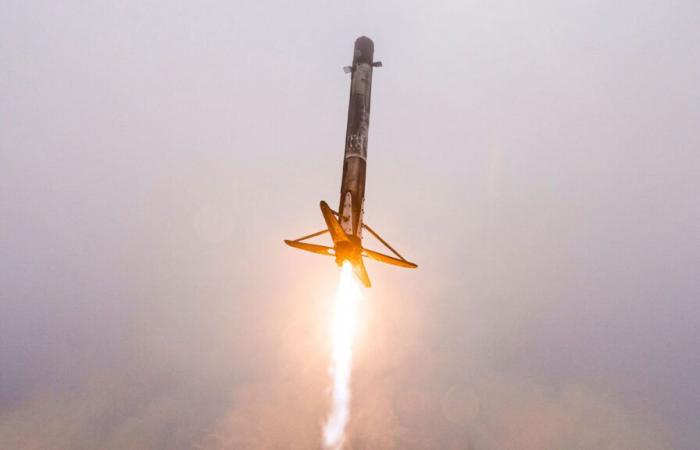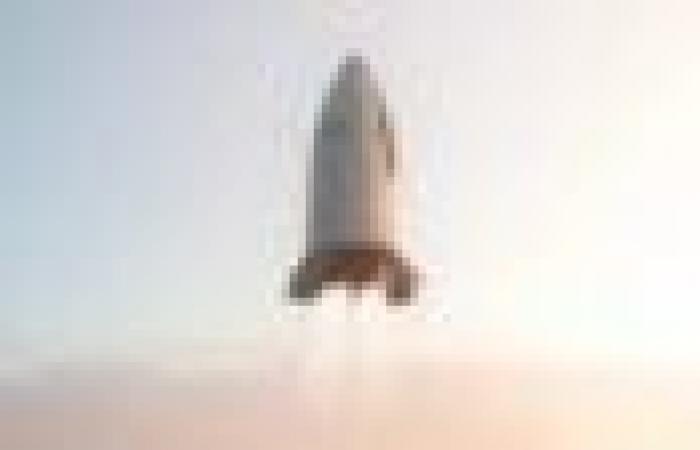The year 2025 must mark a milestone in the European development of an experimental reusable rocket. In addition to the Themis and Callisto programs, the European Space Agency has been hatching another project for years: FROG. A rocket prototype must undergo flight tests in 2025.
We already knew about the Callisto and Themis projects, which consist of testing reusable rocket prototypes for Europe’s needs. But these are not the only programs occupying the Old Continent. One of them, moreover, must take an important step in 2025, by carrying out a campaign of flights in the atmosphere.
A small rocket to test landing on return
And to the extent that it is the French space agency (CNES — National Center for Space Studies) which is leading this specific project, the nickname chosen is of course a little nod to France: FROG (frog, in French). English). After all, it is a small experimental rocket which is intended to perform a series of “leaps” in the air.
Beyond the joke around the name (which has a more official meaning, thanks to a recursive acronym FPLEASE, a ROcket for GNC demonstrationGNC meaning guidance, navigation and flight control), FROG has a specific goal: to test landing algorithms for reusable launchers. Lessons will be learned from these tests that will feed into other projects.
Among all the future activities occupying Europe, FROG is certainly not the most media-focused. It must be said that the machine we are talking about has rather a modest profile: the rocket barely reaches 3.60 meters, has a mass of 100 kg at takeoff (65 kg with the empty tank) and its flight ceiling does not will not go beyond 400 meters.
A first version of FROG flight tested in 2020
FROG is therefore a very small prototype, but which has already evolved. Indeed, the version we are talking about today is called FROG-H. Previously, there was another rocket, FROG-T, which turned out to be smaller (2.50 meters) and lighter (21 kg empty). She was able to carry out five free flights in 2020, but without going beyond around thirty meters.
The FROG project has been occupying CNES for several years now. This began in 2017, followed two years later by a few tethered flight tests (the rocket does not take off) in order to test its engine. Free flights followed in 2020, then four years later, in the summer of 2024, FROG-H tested its engine. All that remains is to fly now.
The FROG project also involves university (IUT of Cachan/Innovlab), industrial (Polyvionics, DroneCenter) and associative (Planètes Sciences) partners. The test campaign should also be an opportunity to “serve as a flying test bed for other technologies, such as innovative measures,” reports CNES.
According to the agency, it is also “ an initiative that attempts to break away from traditional development patterns » where enthusiasts « develop and test their solutions in parallel in an agile and experimental approach “. In short, a startup side, like SpaceX, “ to quickly bring out new management methods, without putting technological brakes on ourselves. »










